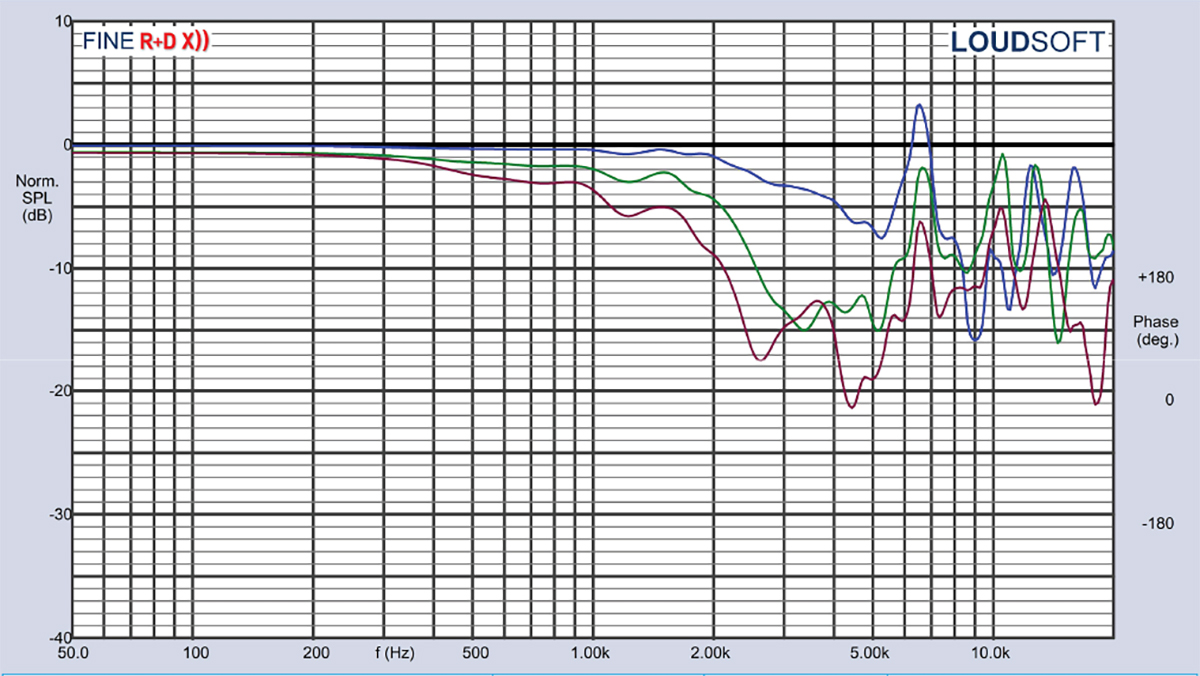This relates to wavelength of sound. As freq decreases, your ability to distinguish direction decreases…when you get to about 80 hz, the wavelengths are so long you can’t distinguish at all.IIRC, Earl Geddes mentioned in some interview or lecture that under 700hz , our perception of details/direction etc slowly fades down to the sub bass
so wouldn't trying to match directivity sub 700hz get less and less important with frequency ?
One ‘rule’ is that two drivers can be crossed at an indistinguishable frequency (you can’t hear the difference in their location as one driver takes over from the other) if they are separated by no more than 1/4 wavelength Center to Center. If you were crossing a 15” woofer out, you might pick an 8” driver crossed in at 300 hz, because those two drivers can be spaced within 1/4 wavelength at 300 hz or lower. You can see quickly this 1/4 wavelength spacing ideal runs out of steam at higher frequencies, and that’s a key reason you see fullrangers and coaxials.
So, given you want to cross to smaller drivers to maintain dispersion control across all frequencies…you are also constrained on separation of drivers vs size as you choose what to do.



